Killer coral threat very serious
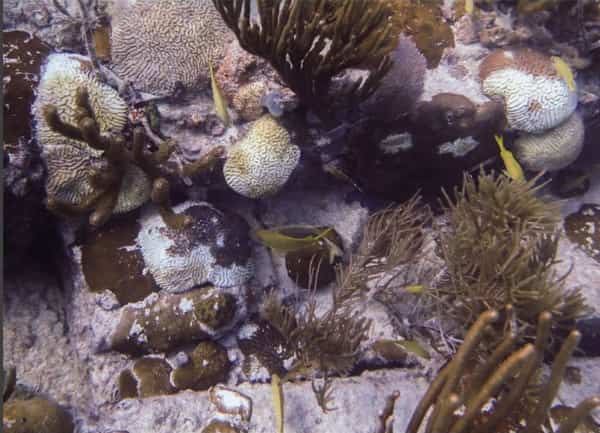
(CNS): The threat posed to local reefs by the still enigmatic Stony Coral Tissue Loss Disease (SCTLD) is very serious, according to the director of the Department of Environment. Against the backdrop of climate change, other diseases, excessive coastal development and ocean pollution, this extremely contagious and deadly disease is advancing towards Seven Mile Beach, posing a significant challenge to the already stressed marine life.
“This disease present an immediate very high threat to local coral, even while issues like climate change are a bigger threat in general,” DoE Director Gina Ebanks-Petrie told CNS. “Given the high mortality rate for some species, at the moment we are very concerned about this disease.”
While past conservation efforts here have helped local reefs to be more resilient, this lethal disease presents a new threat, and Ebanks-Petrie hopes that local watersports operators and divers will help to contain it.
At a meeting on Friday to appeal to the operators for help, the DoE director explained that while resources at the department remain stretched, if Cabinet gives them permission, they can redirect money allocated to them from the Environmental Protection Fund for other projects and use it for this latest problem.
Explaining to the representatives from the sector that the DoE does not control the fund, Ebanks-Petrie noted that the money has been used by government for other things, such as projects related to waste-management and to buy land as an eleventh hour counter to the massive loss of beach front property. Paying market value for land such as the property that was under threat at Smith Cove has left a big hole in the fund.
Ebanks-Petrie said she didn’t know how much money is currently in the fund, but given that it comes from a tax levied on tourists, right now it is not being replenished. Securing funding will present challenges for this important project, so all hands on deck are needed, she said.
To date, besides removing the coral killed by the disease and controlling the potential for spread and contamination via boats, divers and their gear, the main mitigation is an antibiotic paste, which has been found to be effective in other places where SCTLD has already spread.
The paste can be applied directly to the coral, so the DoE wants to train volunteer divers how to apply it and where, and then utilize their resources and staff, since many are currently under-employed in the absence of any tourists.
Asking them what they need to be able to help the DoE, Ebanks-Petrie stressed the goal of a managed and coordinated effort to target specific areas and make “a meaningful intervention” to prevent further advancement of the disease.
At the same time, the scientists are keen to know more about this disease as researchers have still not identified what is causing this coral killer and how it spreads.
What they do know, however, is that the mortality rate of SCTLD is extremely high, in some cases as much as 100% for some species. The disease appears to impact more than two dozen different species of coral, with certain types being infected more easily than others.
DoE experts are already seeing the trail of destruction and a decline in marine life at the reefs where the diseases has taken hold, and the arrival of algae in the areas where reefs are dying.
Operators, divers and boat owners are asked to contact the DOE directly to join the volunteer effort.
Call the coral hotline on 926 0680 or email tammi.warrender@gov.ky
Category: Marine Environment, Science & Nature














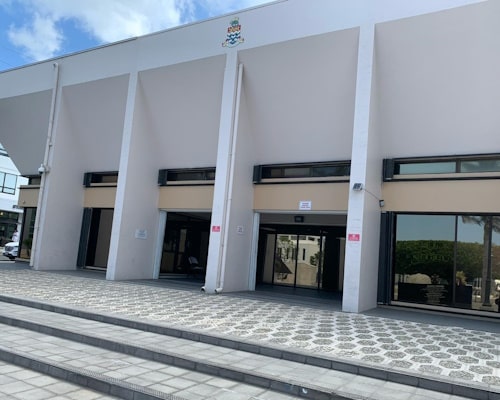


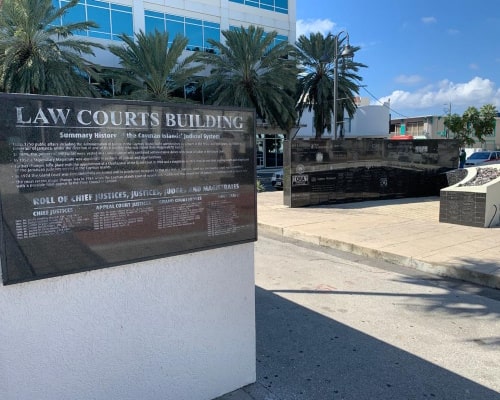



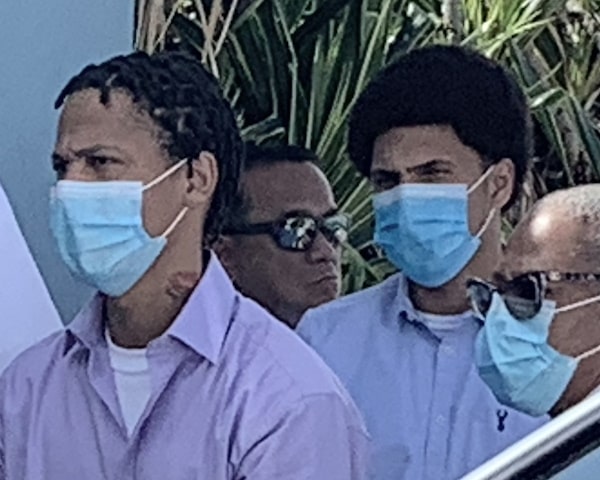


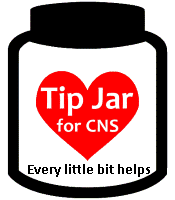






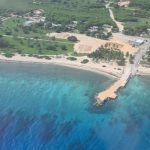




There is a strike force team of US Veterans that got their beginning in the Cayman Islands that are well versed in administering AMOX and the SCTLD. http://www.forceblueteam.org
The silt from the new rock pool on Michael Ryan’s Fin Cayman project was allowed to wash out and spread along the coast. Does anyone know much damage was done to the coral along the coastline? The damage to the coral was totally unnecessary and was just the result of lazy cost cutting. Is there anyway to seek damages?
wall-e 😔
Too much crap going into our coastal waters from contaminated land runoff and septic tanks/treatment plants that don’t function properly. Ironically this started on the reefs that take the brunt of flushing waters from North Sound. Sadly if this continues our reef will be rubble within this decade. Another casualty of infrastructure not keeping up with development, we are behind the eight ball and the game is nearly over.
Dump’s leachate reaches coastal waters! Unless there is a technology to remove pharmaceuticals from waste water, it ends up in costal waters.
Maybe a new candidate will FINALLY address the dire situation of all the rotten pollution that Grand Cayman shuttles into, what used to be, some of the most pristine and beautiful waters in the Caribbean.
Shame be to any candidates that doesn’t realize what a huge issue this is going to be for Cayman.
Mother Nature is sending an alarm to Cayman. Take heed before you ruin it all for the down.
Ruin the beaches and the sea and say goodbye to Cayman as you know it.
For reference:
https://cnslocallife.com/2019/05/caymans-waters-safe/
Imagine eating the fish that come from locals waters. Yuckpoooey.
Imagine eating fish from any waters. Micro plastic cocktail ceviche anyone?
flavored with pharmaceuticals
Not a single candidate, but the entire government must have a long term strategy, otherwise nothing will change
You got it! And so far, not one candidate has mentioned anything.
A serious problem for the Island that unfortunately our government can’t throw concrete at.
If there is a way to stop the spread or minimize its damaging effects, the D.O.E needs to put big money into this, to save our major attraction for everyone to enjoy in years to come.
The ecotoxicological effects of the WWTP effluents are well known.
Residues of pharmaceuticals enter the wastewater stream due to improper disposal to water reclamation systems (hospitals, labs, diagnostic centers, etc.) and routine excretion after human consumption.
Are there regulations in terms of the levels of pharmaceutical residues allowable for be released into the environment after it accumulates in Waste water treatment plant?
What treatment technologies WWTP employs to remove pharmaceuticals? Biological, physical, advanced chemical oxidation?
How much pharmaceuticals pass through the wastewater treatment plants relatively unchanged?
The dismal state of septic tanks in Grand Cayman was reflected in 2010 Compass article “Solving the sewage system”. I doubt that any improvement took place. https://www.caymancompass.com/2010/03/28/solving-the-sewage-system/
“The Water Authority report, released in August of 2009 found that overall, only thirteen percent of the systems it sampled met the limits for both Biological Oxygen Demand and Total Suspended Solids.” That was in 2009. What it is in 2021?
In 2015 “The wastewater is rendered clean and clear after going through the sequencing batch reactors, and it’s discharged into deep disposal wells never to be seen again.” https://www.caymancompass.com/2018/03/15/dealing-with-wastewater/
But they only talk about bacteria, not pharmaceuticals from human excrements/urine and waste water from medical facilities.
Based on the number of comments ( less than 10) on concerns over medical waste disposal, nobody really cares about the environment or even people’s health.
But I want to re-post one of the facts that was mentioned in my original comment, for it might be contributing to the coral disease.
Do you know that It’s estimated that one hospital bed per year generates approximately 145,000 gallons of wastewater. Even the most effective water treatment plants or sewage collection treatments are unable to remove all contaminants such as microbes or pharmaceuticals from wastewater, leaving traces levels of chemicals behind with the potential to be released into the environment.
Keep posting!! Maybe we can bring to the forefront?
Are they going to try another break area at North West Point? Should have a better chance of succeeding there with the currents
More GMO. Like lionfish and green iguanas.
All are gone, all but one
No contest, nowhere to run
No more left, only one
This is it, this is the countdown to extinction
How is it possible that Ebanks-Petrie, of all the tenured management-level personnel in CIG, claims not to have a ball-park estimate of much money should be remaining in the EPF? Didn’t she preside on the Conservation Council responsible for authorizing non-environmental withdrawals and preparing Annual Returns?
Circa 2017, the public were led to believe there was some $60,000,000 accrued, with approx $5mln a year in revenue, against $4-5mln/year in (rarely in scope) expenses. It would seem we should all expect there to be at least $55mln remaining in that kitty today, misapplied as those withdrawals were.
Here’s the NCC Annual Report from 2015-2016 with withdrawals (she approved) detailed on page 16:
http://www.legislativeassembly.ky/portal/pls/portal/docs/1/12436321.PDF
Our NCC hasn’t published any meeting minutes since Sept 2019:
https://conservation.ky/general-meetings/#16-18-minutes
New more resilient coral will grow in its place, literally.